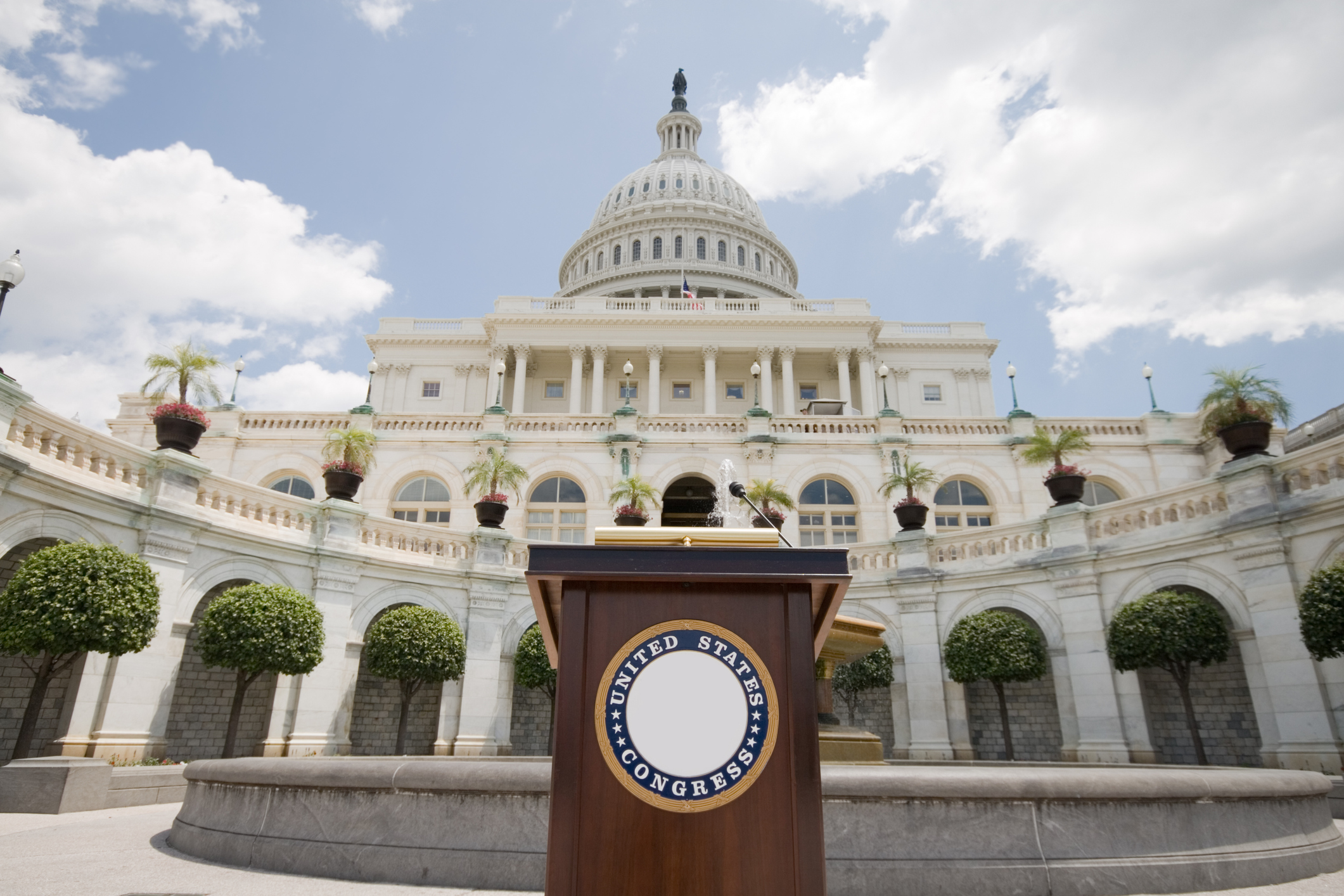
A divided government may not fully explain the creation of agencies not directly controllable by the President.
A significant concern of administrative law is the status of independent agencies—agencies that are insulated in some ways from direct presidential control. For example, last year the U.S. Court of Appeals for the District of Columbia Circuit struck down the statutory provision granting the head of the Consumer Financial Protection Bureau (CFPB) protection against removal without cause by the President. These institutional relationships are particularly important when the President and agency officials disagree over law and policy. For example, when then-acting Attorney General Sally Yates refused to defend President Donald Trump’s executive order limiting travel and immigration from seven majority-Muslim countries, President Trump fired her. If a for-cause removal provision had protected Yates’ position, President Trump may have had more difficulty requiring the agency to enforce his executive order.
In our recent article, The Genesis of Independent Agencies, we ask a core question of administrative law: When are agencies established with features that insulate them from direct presidential control? The leading articles in the legal literature assert that Congress is more likely to establish independent agencies when government is divided—that is, when the U.S. House of Representatives, the U.S. Senate, or both are controlled by a different party than that of the President. Under these circumstances, the academic literature maintains, Congress is less willing to give the President fuller control of a new agency. Only a single political science study—one that suffers from design flaws and that has been misinterpreted in the legal literature—provides empirical evidence for the claim that divided government has an impact on the establishment of independent agencies.
We revisit the divided government hypothesis using a new dataset that we constructed containing the agencies currently in existence that possess rulemaking, adjudicatory, and enforcement authority—the features that are the focus of modern administrative law.
Our results show that Congress is less likely to establish agencies with removal protection for their heads when the President is popular. Additionally, when the Senate majority party is not aligned with the President, an increase in the size of the majority makes it more likely that Congress will establish an agency with characteristics of independence. For a given size of Senate majority, alignment with the President makes it less likely that Congress will establish an agency with characteristics of independence. The relationship between the President and the House of Representatives does not have a similar effect.
Our results, therefore, provide an important qualification to the divided government hypothesis, suggesting that the effect of divided government on the establishment of independent agencies depends primarily on the control of the Senate. The greater importance of the Senate over the House in determining whether agencies have characteristics of independence might be due to the Senate’s filibuster rule or its advise-and-consent role under the Appointments Clause.
Our results also qualify the divided government hypothesis in a different way: divided government and, in particular, the alignment of the Senate and the President, even when statistically significant, explains little of the variation in the creation of independent agencies.
To best understand the question of when Congress creates independent agencies, quantitative empirical studies should therefore be coupled with detailed case studies. For example, identifying policy entrepreneurs and tracing their influence may explain certain features of independent agencies, such as the unusual budgetary independence of the CFPB for which Elizabeth Warren, now a Democratic Senator from Massachusetts, had advocated.
Why does all of this matter? On the doctrinal front, dictum in Wiener v. United States supports the binary view of administrative agencies, separating executive agencies from those agencies that “require absolute freedom from Executive interference.” This dictum implies that the existence of an insulating characteristic specified by statute can be used to bootstrap other insulating characteristics on which Congress was silent. If independent agencies followed inexorably from divided government, the binary view would have a structural explanation. However, the structural reason for placing agencies in two airtight categories disappears when only weak support for the divided government hypothesis exists.
On the policy front, our results support a broad assertion of presidential power related to unsettled issues of agency control. Academic debate continues over whether the President has the authority to require financial regulatory agencies, including the CFPB, to submit their significant regulations to the Office of Information and Regulatory Affairs for review. Policy disagreements between the President and the heads of agencies routinely arise, such as the decision by the Federal Energy Regulatory Commission, recently upheld by the D.C. Circuit, not to use the social cost of carbon metric to evaluate the harm of carbon dioxide emissions, despite an executive branch Interagency Working Group’s validating this approach.
By providing empirical support for the attack on the binary view, we support a broader assertion of presidential power in these important areas of administrative law and regulatory practice.





